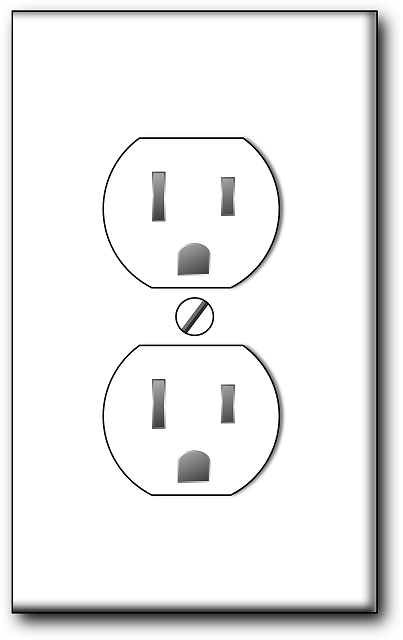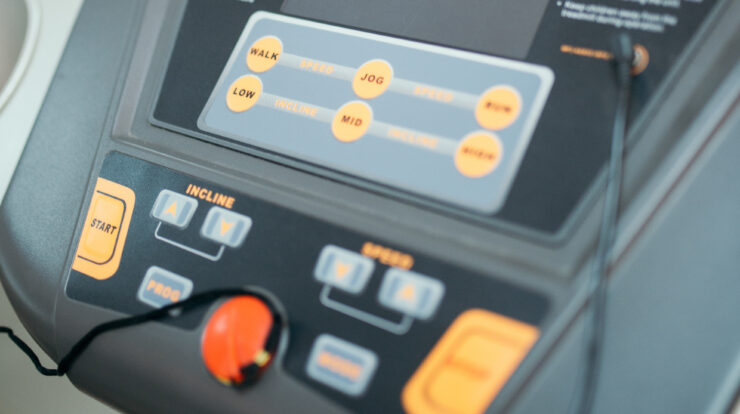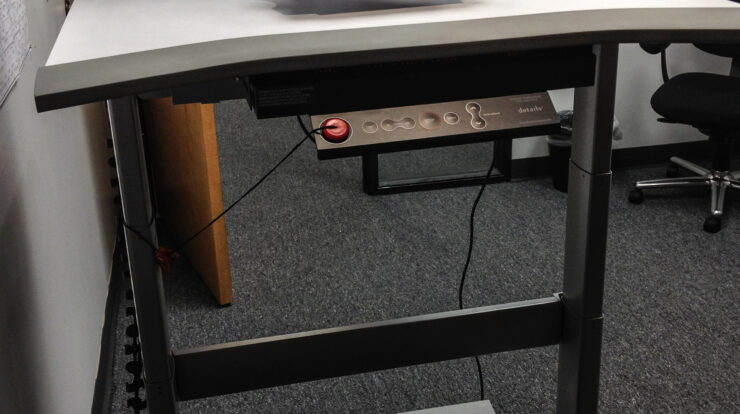There are a few questions to ask yourself before plugging your treadmill into a regular outlet. First, do you need a UPS or dedicated 20 amp circuit? Secondly, is your treadmill tripping the breaker? Finally, should I buy an extension cord to plug my treadmill into a regular outlet? Hopefully, you now have the answers to these questions. Read on to find out! Here’s a short guide to the best option for you.


Do you need a UPS for a treadmill?
If your treadmill is electrical, you should consider a surge protector. These devices look like power strips, but they add more outlets to the grid, allowing more devices to be plugged in. You should also consider the type of treadmill you own and any other items you use that plug into it. A surge protector can protect your treadmill and other electrical appliances. But, it can cause issues if the surge protector does not handle the treadmill’s power needs.
To determine the size of UPS that you need for your equipment, you should check the specifications of your equipment. You can usually find these on the underside of the gear. You can also look for the specifications of a DC converter, which plugs into a standard AC outlet. A DC converter has two parts, one of which plugs into a standard AC outlet and one that connects to a power source. It can also measure total wattage and can be found on the equipment’s specs.
Do you need a dedicated 20 amp circuit for a treadmill?
If you plan to buy a treadmill, make sure you get a dedicated 20-amp circuit for it. Most treadmills require a separate 20-amp circuit, but you may be surprised to learn that a treadmill can also run on a 15-amp circuit. However, these are made of lighter-gauge wires, and they can cause power problems if shared with other devices. To avoid this, most manufacturers recommend a dedicated 20-amp circuit.
The power requirements of a treadmill depending on brand and model. The majority of residential treadmills run on a standard 120-volt grounded outlet. But to ensure safety and reliability, most manufacturers recommend that you get a surge suppressor. A surge suppressor must meet specific standards. If you don’t have a dedicated 20-amp circuit, you should consider hiring an electrician to install a dedicated 20-amp circuit.
Extension cords cannot handle the power a treadmill needs
A treadmill requires a certain amount of power, and most extension cords are inadequate for the job. Because a treadmill’s motor requires the most power during acceleration, but only a small amount when the user maintains the same speed, extension cords need to be larger than the outlet’s maximum amp capacity. Most treadmills have user manuals that list their electrical requirements, as well as recommended amps for outlet breakers. Using these numbers as a guideline will help you purchase an extension cord that will handle the treadmill’s power needs.
If you’re planning to use your treadmill on a regular basis, a proper extension cord is essential. These cords come with a PVC jacket that protects the wires from tearing and is UL-listed. These cords are also great for use with powerful foldable treadmills, as they can handle up to 13 AMP. However, they won’t work properly with heavy machines. If you’re buying a treadmill for home use, consider purchasing a treadmill power cord for it.
Checking if your treadmill is tripping the breaker
If you have a GFCI outlet in your home, your treadmill could be tripping the breaker when plugged in. Because the treadmill uses the ground prong of the outlet to dissipate static electricity, it could easily trip a GFCI outlet. To avoid this, place your treadmill in a separate area and connect it to a dedicated circuit. If your home doesn’t have GFCI outlets, consider using a dedicated circuit for your treadmill.
The circuit breaker can be tripped for several reasons. Depending on the size of your machine, it could be due to an overload or a malfunction. A tripped circuit is usually caused by too much electricity flowing through a circuit at once. A treadmill’s motor can also cause a circuit breaker to trip when it is causing static charges, or attracting debris. To determine if your treadmill is tripping the breaker, look for the rating plate on the machine. If it says 12A, it can’t exceed that amount of electricity while it is in use.






